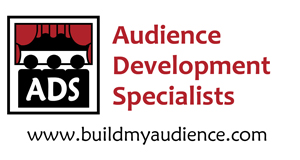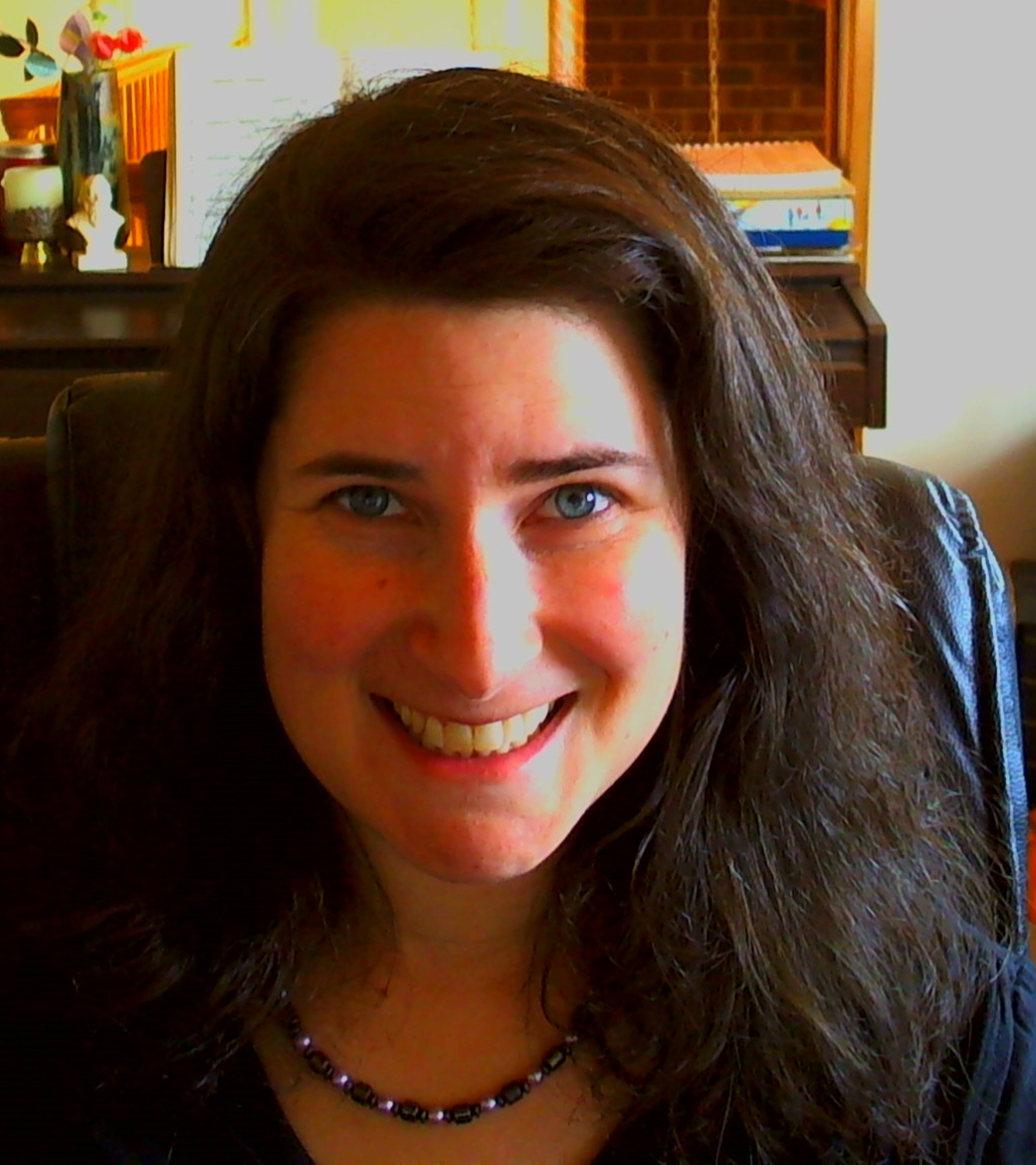The Wallace Foundation’s current audience development initiative is floating around the arts world these days. They will be providing funding for supporting an additional “up to 25 performing and visual arts organizations to the tune of $40 million over a six-year period.” The NPQ did a write-up recently:
Infographic: Nine Effective Practices for Building Audiences for the Arts
The Foundations first initiative resulted in an”in-depth report is titled The Road to Results: Effective Practices for Building Arts Audiences and was written by Bob Harlow, PhD, a social psychologist and statistician. The report is based on audience-building projects funded by the foundation between 2006 and 2012. During that time, 54 arts organizations received Wallace grants for this type of work.”
The NPQ summary, reported on the organizations that were a part of the report for the first initiative:
- Boston Lyric Opera (Boston)
- The Clay Studio (Philadelphia)
- The Contemporary Jewish Museum (San Francisco)
- Fleisher Art Memorial (Philadelphia)
- Isabella Stewart Gardner Museum (Boston)
- Minnesota Opera (Minneapolis)
- Pacific Northwest Ballet (Seattle)
- San Francisco Girls Chorus (San Francisco)
- Seattle Opera (Seattle)
- Steppenwolf Theatre Company (Chicago)
So here is what I am thinking, and I admit I do not have the data about all 54 organizations, but it seems to me, money is being channeled toward the bigger organizations for these initiatives. These are organizations that might likely already possess funding for audience development, yet they have not allocated their budgets toward audience development programs. However, it isn’t the funding distribution that has me a little concerned. It is the fact that perhaps we do not have enough information and programs for the smaller organizations in order to find out what works audience development wise for these arts businesses.
Trickle down audience development research? Will what is reported as working (or not working) for these bigger organizations apply to the small budget organizations? Will these theories work for the individual artists?
I find the nine effective practices to be sound, and I have already been instinctively using these practices in my own methods of building audiences. These nine practices do make sense:
It is the execution of how to incorporate these practices that has me questioning the continuance of only supporting larger organizations. Smaller organizations may need a different strategy in order to accommodate their specific capacity challenges. It is a slightly different mentality running a smaller organization.
I have often cited the problem of most arts conferences – they cater to the larger organizations mostly and ignore the challenges of the smaller organizations and individual artists. It is also an issue in terms of funding for the arts. The distribution of education and funding for the “other” arts businesses is not balanced.
You can liken this to the recently brought to my attention fact, women’s heart attacks are different from men’s and it wasn’t until 2001 that they started studying women’s symptoms. Men and women are different. Why have they not been studying women when it comes to health practices? Did they really think whatever they find for men would automatically fit the health needs of women? This does not make sense!
Supporting and researching only one subset of arts organizations doesn’t make sense either. Audience development also needs to cater to each unique arts business (one-size does not fit all). It makes more sense to study different types of organizations and artists in order to truly get a sense for what will work and what will not work in general.
Audience development should be for every type of audience and organization, not just for the larger arts businesses with the bigger budgets. And perhaps, with this thought, I need to step up my game a little bit in supplying opportunities for this ignored arts population.
It has been few and far between where the focus has not been on the bigger organizations. Yes, it is important to support these institutions, and it is equally important to value the other arts makers of our world.
So lets consider as an industry how we can balance the support to ensure that all types of artists and organizations can build successful arts businesses with healthy, happy and loyal audiences. What may work for the larger organizations may not work for the majority. There are different challenges to be considered in the execution of these nine practices.
Don’t get me wrong, I applaud the Wallace Foundation on their initiatives, yet I am waiting for the day twhen they really want to roll up their sleeves and get busy helping the majority of our industry, the smaller organizations and individual artists that are equally important to serve.
Thoughts?
Cheers to happy and loyal audiences,
Shoshana
Shoshana Fanizza
Chief Audience Builder
I look forward to finding out more about all 54 organizations in the original initiative, and hope I can report that I was wrong in my initial reaction.





